“Portraying Pregnancy: From Holbein to Social Media” at the Foundling Museum, London
Through April 26, 2020
What the Museum Says: “Until the 20th century, many women spent most of their adult years pregnant. Despite this, pregnancies are seldom apparent in surviving portraits. This exhibition brings together images of women—mainly British—who were depicted at a time when they were pregnant (whether visibly so or not). Through paintings, prints, photographs, objects, and clothing from the 15th century to the present day, discover the different ways in which pregnancy was, or was not, represented; how shifting social attitudes have impacted depictions of pregnant women; how the possibility of death in childbirth brought additional tension to such representations; and how more recent images, which often reflect increased female agency and empowerment, still remain highly charged.”
Why It’s Worth a Look: The Foundling Museum in London has a particularly interesting history. The site was originally created as the Foundling Hospital, thanks to a royal charter in 1739, it was established by Thomas Coram as a place for children at varying stages of life, all vulnerable, and at risk of abandonment or even death. Though the hospital closed in 1954 and the museum didn’t open as such until 50 years later, the weighty history of the place looms large.
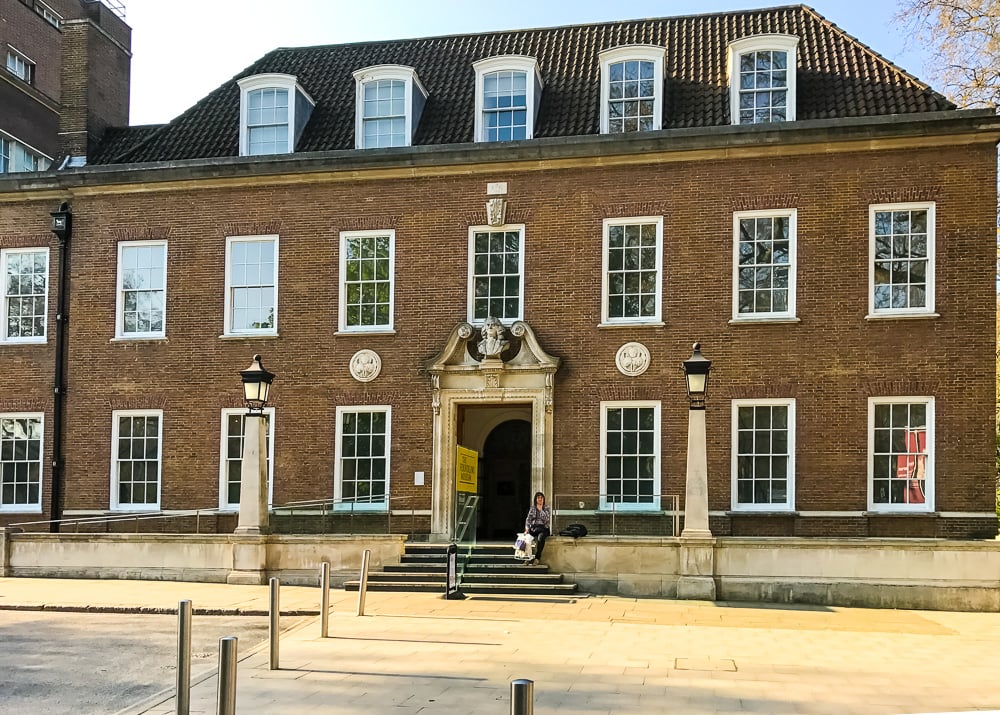
The Foundling Museum in London. Courtesy of Flickr Creative Commons.
Even in its infancy (no pun intended), the institution was a charity with an emphasis on creativity—William Hogarth and composer George Frideric Handel were devoted patrons—and it was the site of the first public art gallery, thanks to generous donations from artists. So it is especially poignant that this storied place—a museum founded to take care of those children who were the result of an unwanted pregnancy, the death of a parent, or a similarly untenable situation for a child—has launched the first exhibition to take on the theme of how pregnancy has been portrayed over the course of the past 500 years.
Curator Karen Hearn spent about 20 years researching depictions of pregnancy before launching this exhibition, which includes works dating from the early 16th century through 2017, and the show traces how the shifting of social and cultural values has impacted the various ways women are portrayed during pregnancy.
What It Looks Like:
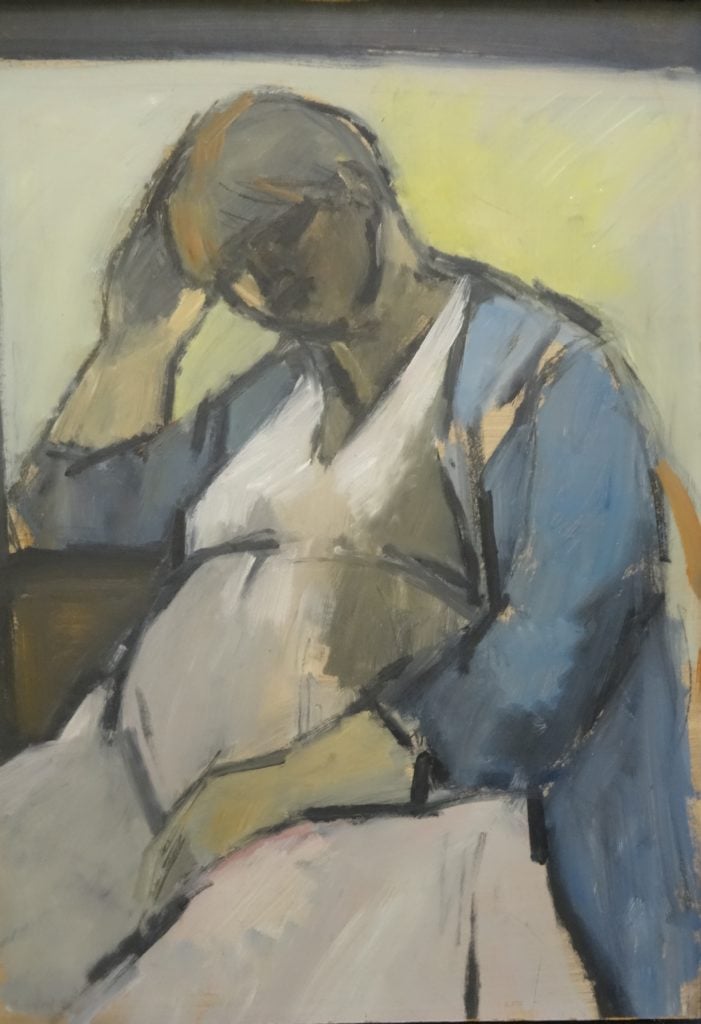
Ghislaine Howard, (1984). © Ghislaine Howard.
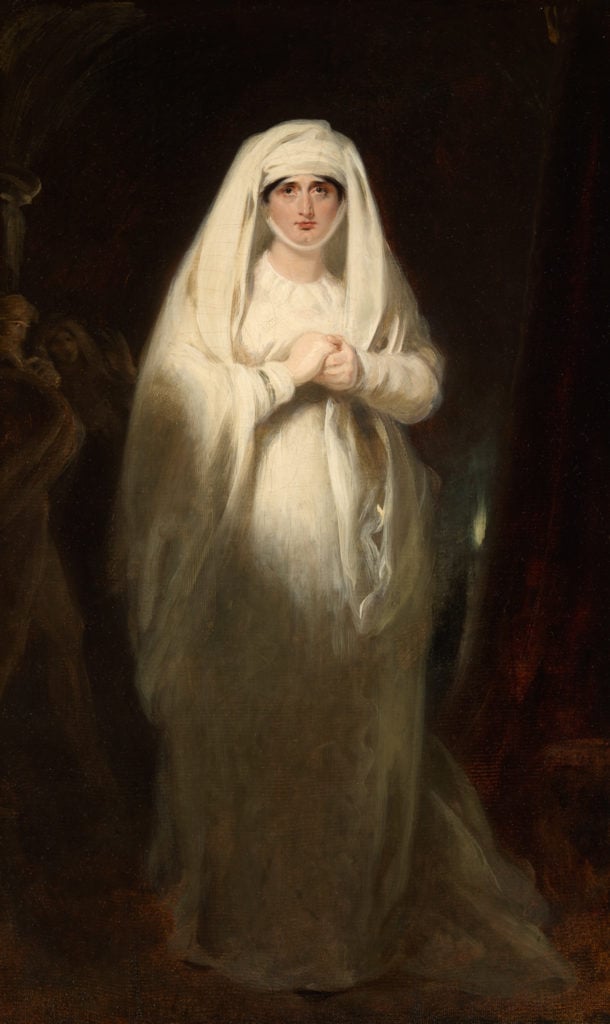
G.H. Harlow, (1814). © The Garrick Club.
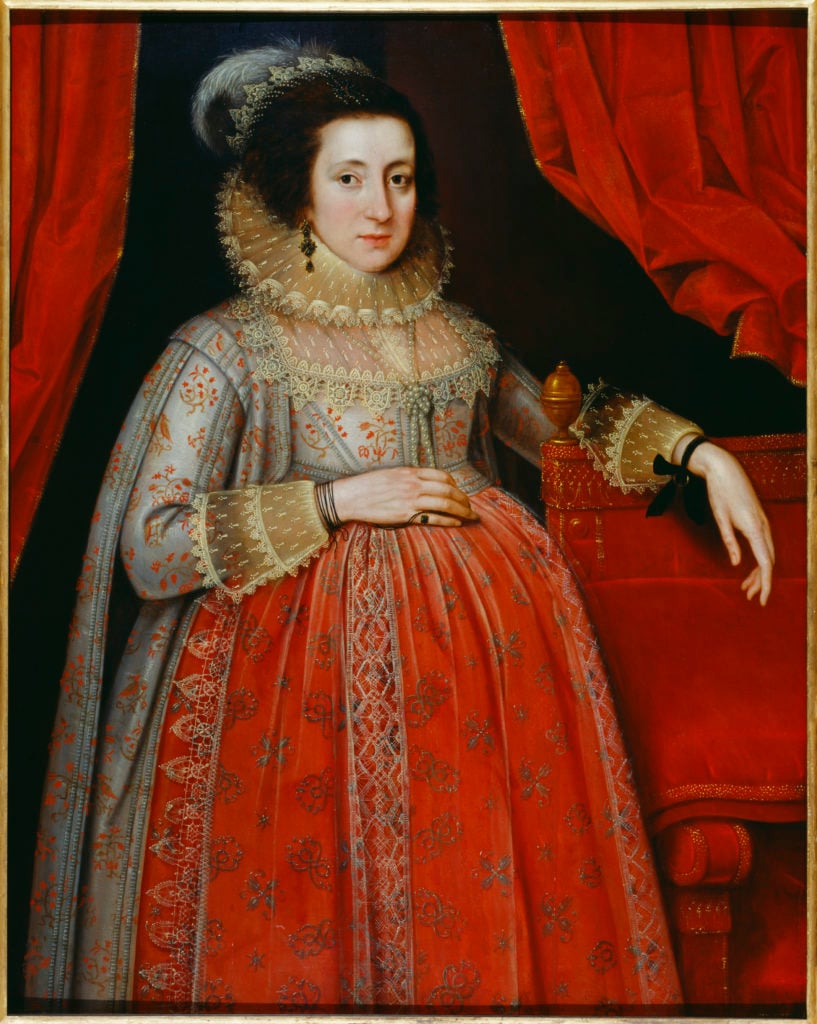
Marcus Gheeraerts II, (1620). © Tate.
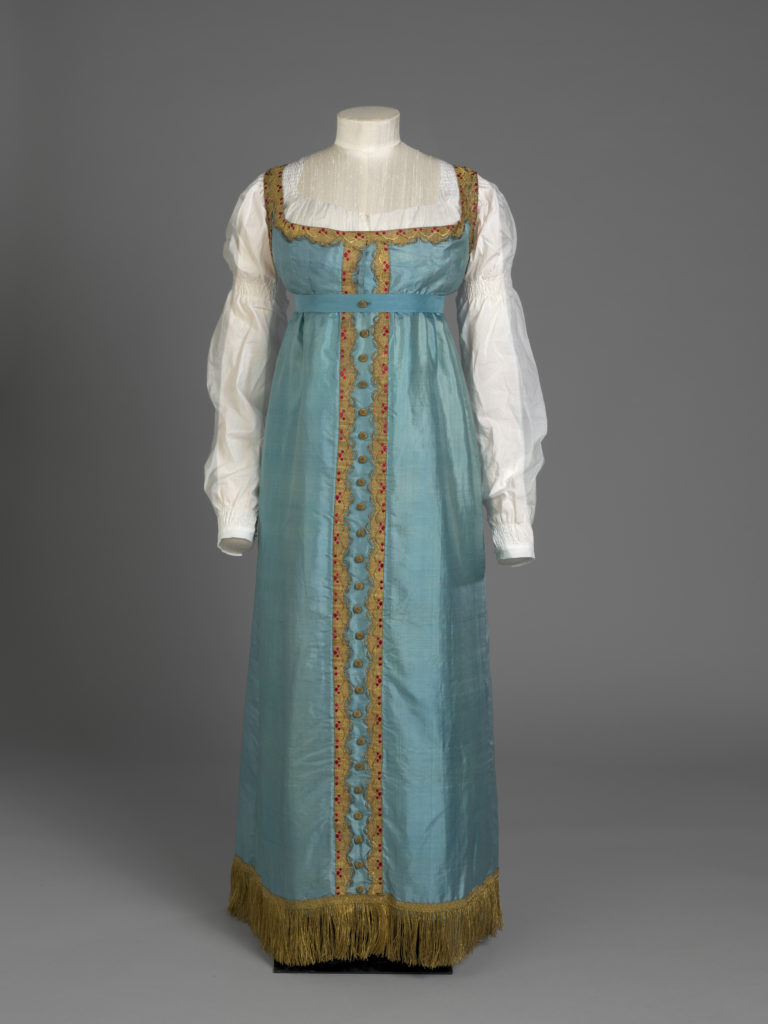
Princess Charlotte’s Russian-style dress. Royal Collection Trust © Her Majesty Queen Elizabeth II 2019.
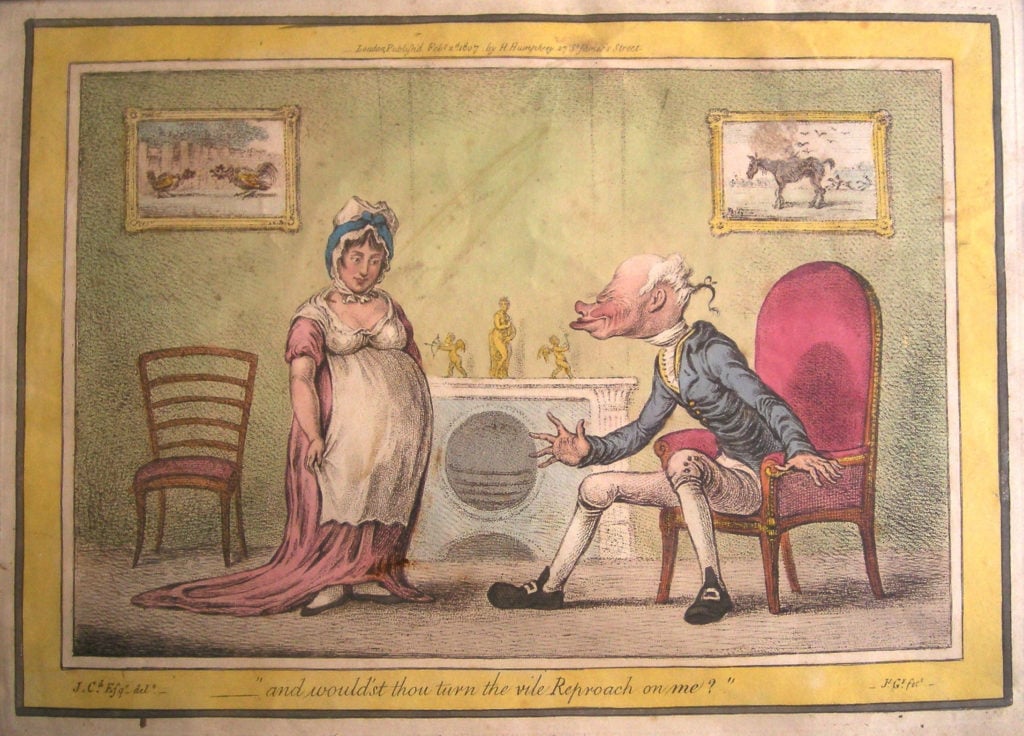
James Gillray, (1807). Private collection.
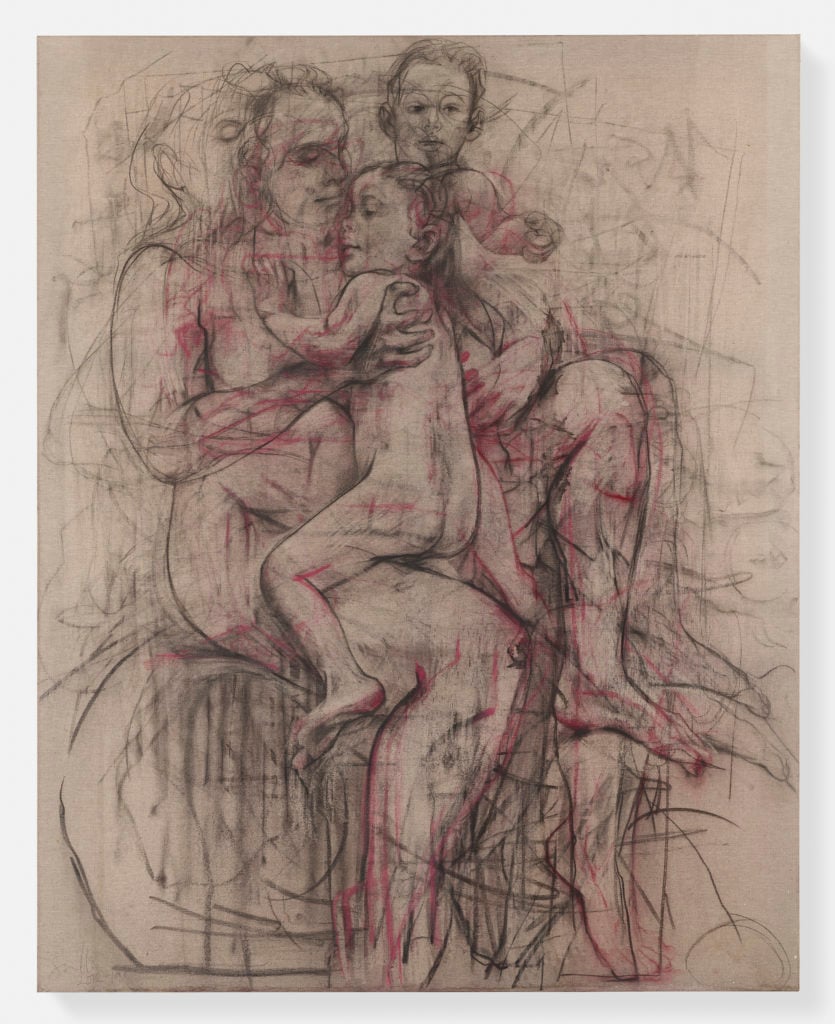
Jenny Saville, (2012–2019) © Jenny Saville. Photo: Prudence Cuming Associates. Courtesy of the artist and Gagosian.
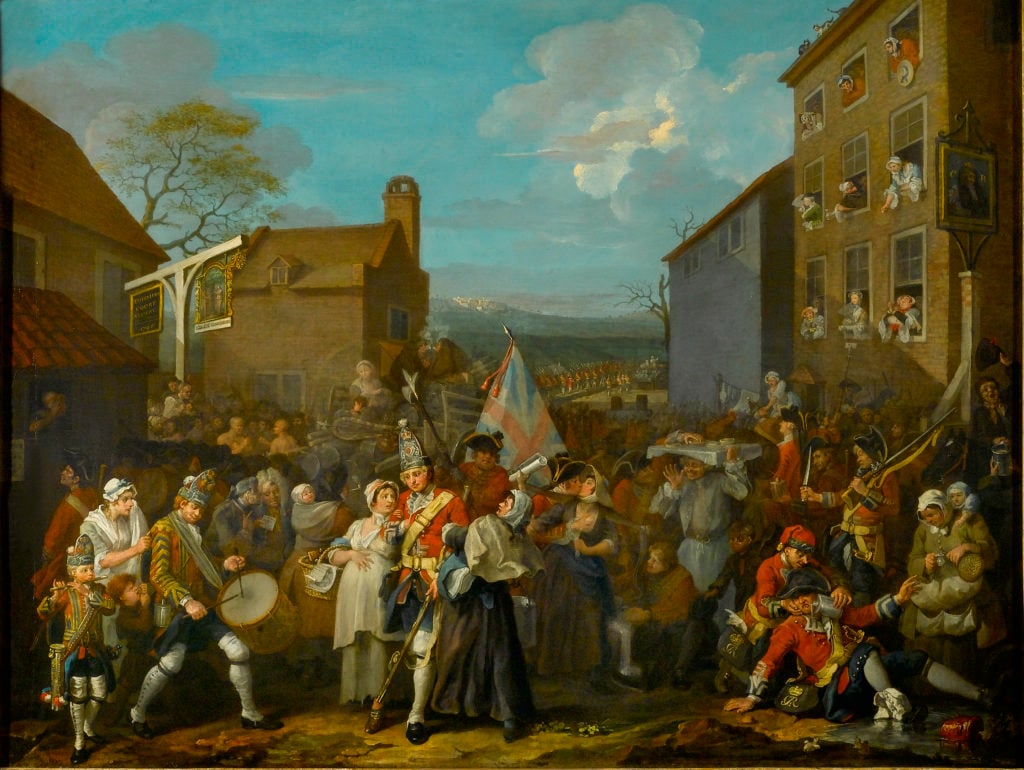
William Hogarth, (1750). © The Foundling Museum.
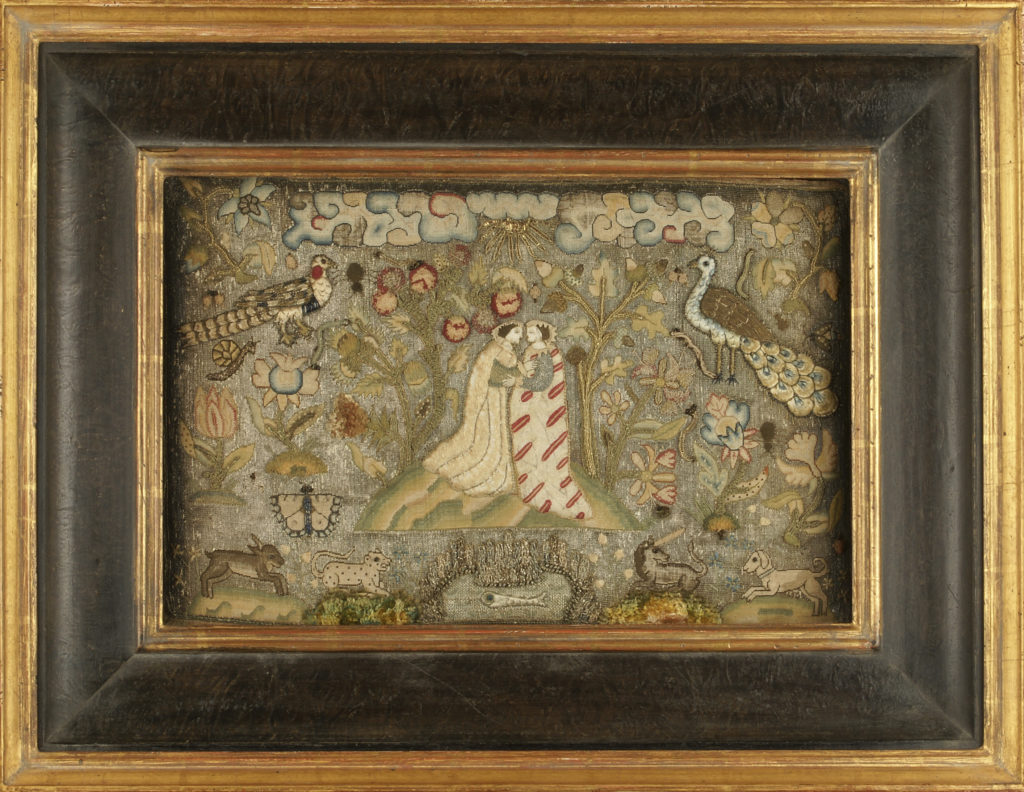
Textile panel with embracing figures. © Ashmolean Museum, University of Oxford.
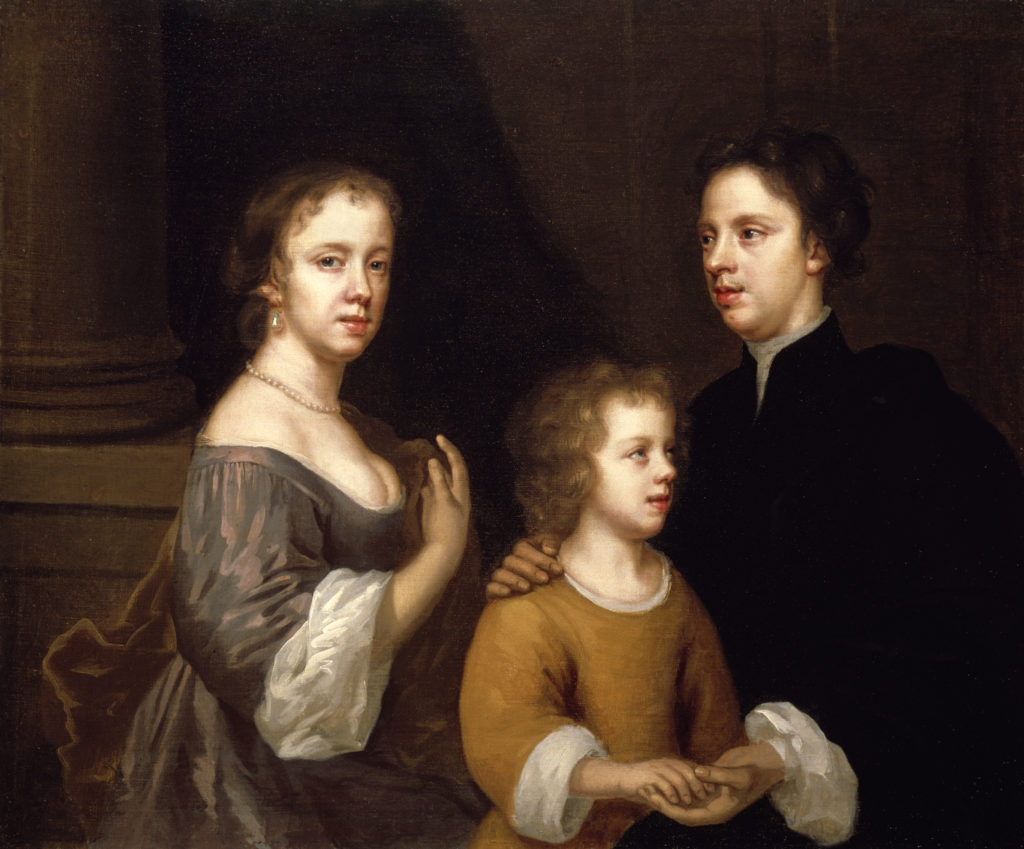
Self-portrait of Mary Beale with her husband Charles and son Bartholomew, oil on canvas, painted c.1660 in London.
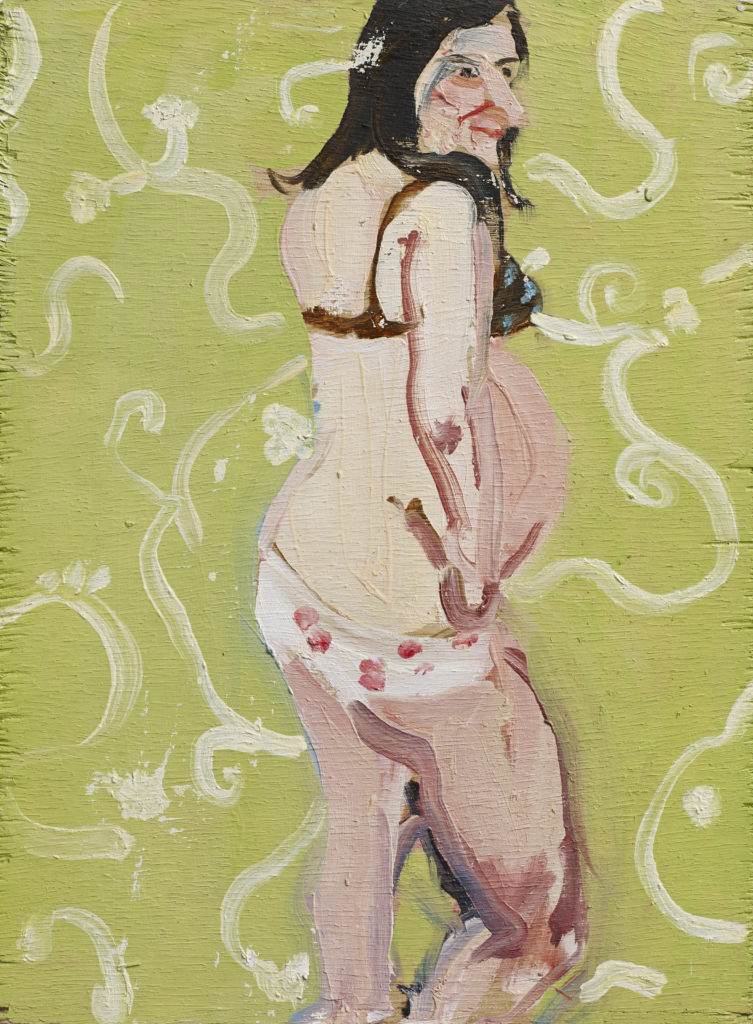
Chantal Joffe, (2004). ©Chantal Joffe, courtesy of the artist and Victoria Miro.
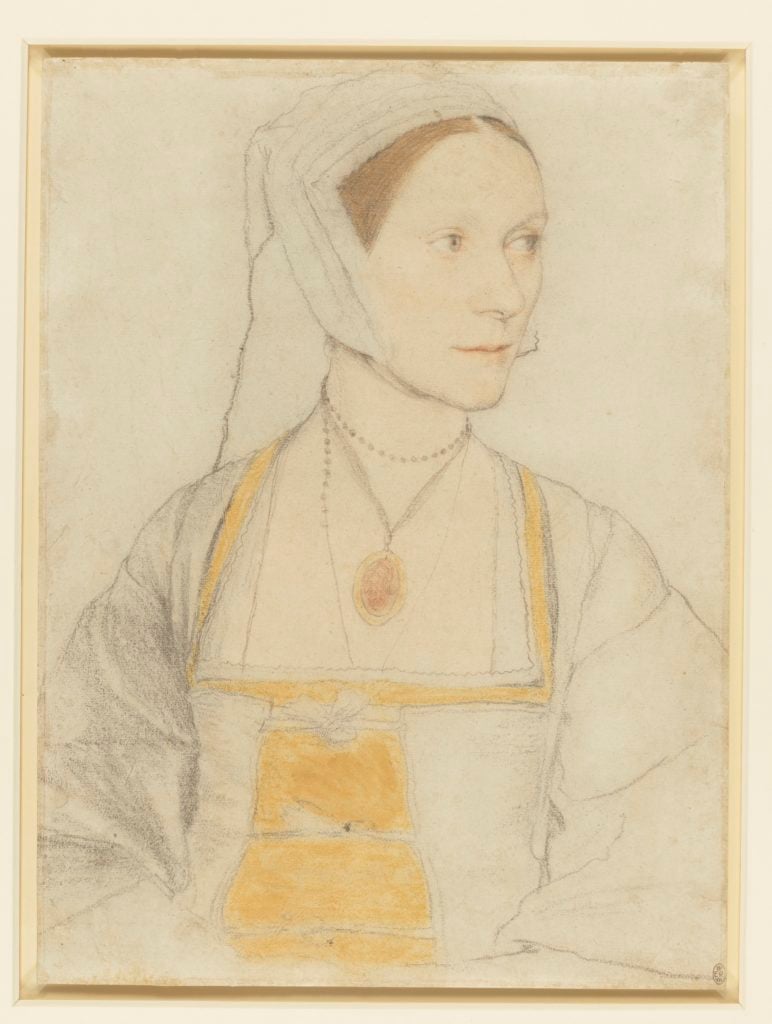
Hans Holbein II, © Her Majesty Queen Elizabeth II 2019.
Source: Exhibition - news.artnet.com



